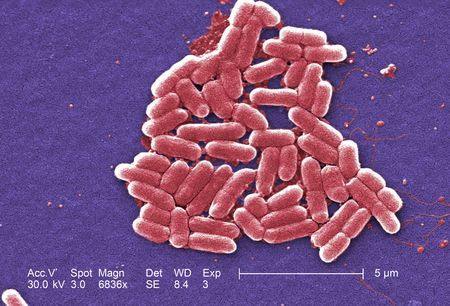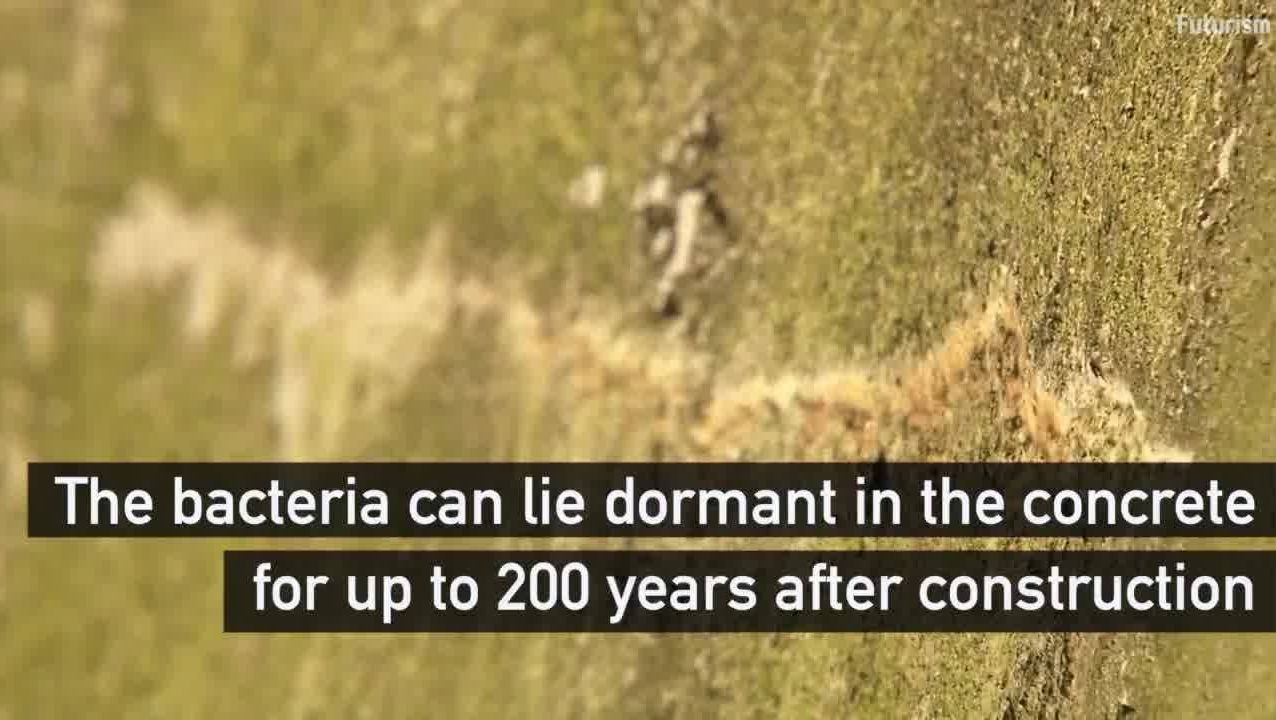The researchers hope their findings will help make quantum computers a reality.
A family of compounds known as perovskites, which can be made into thin films with many promising electronic and optical properties, has been a hot research topic in recent years. But although these materials could potentially be highly useful in applications such as solar cells, some limitations still hamper their efficiency and consistency.
Now, a team of researchers at MIT and elsewhere say they have made significant inroads toward understanding a process for improving perovskites’ performance, by modifying the material using intense light. The new findings are being reported in the journal Nature Communications, in a paper by Samuel Stranks, a researcher at MIT; Vladimir Bulovic, the Fariborz Maseeh (1990) Professor of Emerging Technology and associate dean for innovation; and eight colleagues at other institutions in the U.S. and the U.K. The work is part of a major research effort on perovskite materials being led by Stranks, within MIT’s Organic and Nanostructured Electronics Laboratory.
Tiny defects in perovskite’s crystalline structure can hamper the conversion of light into electricity in a solar cell, but “what we’re finding is that there are some defects that can be healed under light,” says Stranks, who is a Marie Curie Fellow jointly at MIT and Cambridge University in the U.K. The tiny defects, called traps, can cause electrons to recombine with atoms before the electrons can reach a place in the crystal where their motion can be harnessed.
London black cabs are going to go electric. https://www.facebook.com/HuffPostUKTech/videos/1230444406965677/
London black cabs are becoming London green cabs and going ele…
More Videos by HuffPost UK Tech.
Let’s formulate the task of life extension slightly differently. Something like this…How can we extend sex appeal?
Gyms and beauty salons are in charge of this question now. There is some success, but it’s mostly superficial. Plastic surgery only masks, but doesn’t delay the processes of aging.
Expanding sex appeal is a complex task. Its aspects include both beauty and the activity of the brain. To be sexually attractive we have to be smart and fun. One cannot solve the problem of dementia with makeup.
We have to be in an excellent physical shape to be sexually attractive, but also things should be running smoothly with our hormonal regulation.
The task of extending the period of sex appeal is extremely science-intensive. It is not only the Viagra, but a complex impact on the whole organism. It is obvious that molecular biology is responsible for sex in the modern world.
By ransdell pierson and bill berkrot.
(Reuters) — U.S. health officials on Thursday reported the first case in the country of a patient with an infection resistant to a last-resort antibiotic, and expressed grave concern that the superbug could pose serious danger for routine infections if it spreads.
“We risk being in a post-antibiotic world,” said Thomas Frieden, director of the U.S. Centers for Disease Control and Prevention, referring to the urinary tract infection of a 49-year-old Pennsylvania woman who had not traveled within the prior five months.
Nearly 2,400 years after his death, archaeologists believe they’ve finally found the tomb of Aristotle. Researchers made the discovery during a 20-year dig in the ancient Greek city of Stagira, reports Atlas Obscura.
Aristotle was born there in 384 BC, but he died in a different city, Chalcis, about 50 miles north of Athens. Literary sources mention that Aristotle’s remains were moved to Stagira after his death, but his burial site has been a topic of debate for many years, the International Business Times reports.
The tomb in Stagira believed to be the philosopher’s is a 32-foot-tall dome with a marble floor and views of the entire city. “The thing is, the archaeologist data is in fine accordance with historical sources,” archaeologist Konstantinos Sismanidis tells CNN.
Perhaps it’s serendipitous, then, that the machines have finally arrived. Truly smart, truly impressive robots and machine learning algorithms that may help usher in a new Green Revolution to keep humans fed on an increasingly mercurial planet. Think satellites that automatically detect drought patterns, tractors that eyeball plants and kill the sick ones, and an AI-powered smartphone app that can tell a farmer what disease has crippled their crop.
Forget scarecrows. The future of agriculture is in the hands of the machines.
A Digital Green Thumb
Deep learning is a powerful method of computing in which programmers don’t explicitly tell a computer what to do, but instead train it to recognize certain patterns. You could feed a computer photos of diseased and healthy plant leaves, labeled as such. From these it will learn what diseased and healthy leaves look like, and determine the health of new leaves on its own.
https://www.facebook.com//videos/496701823842355/
Say ‘Goodbye’ to Cracks, Self-Healing Concrete Has Arrived.








